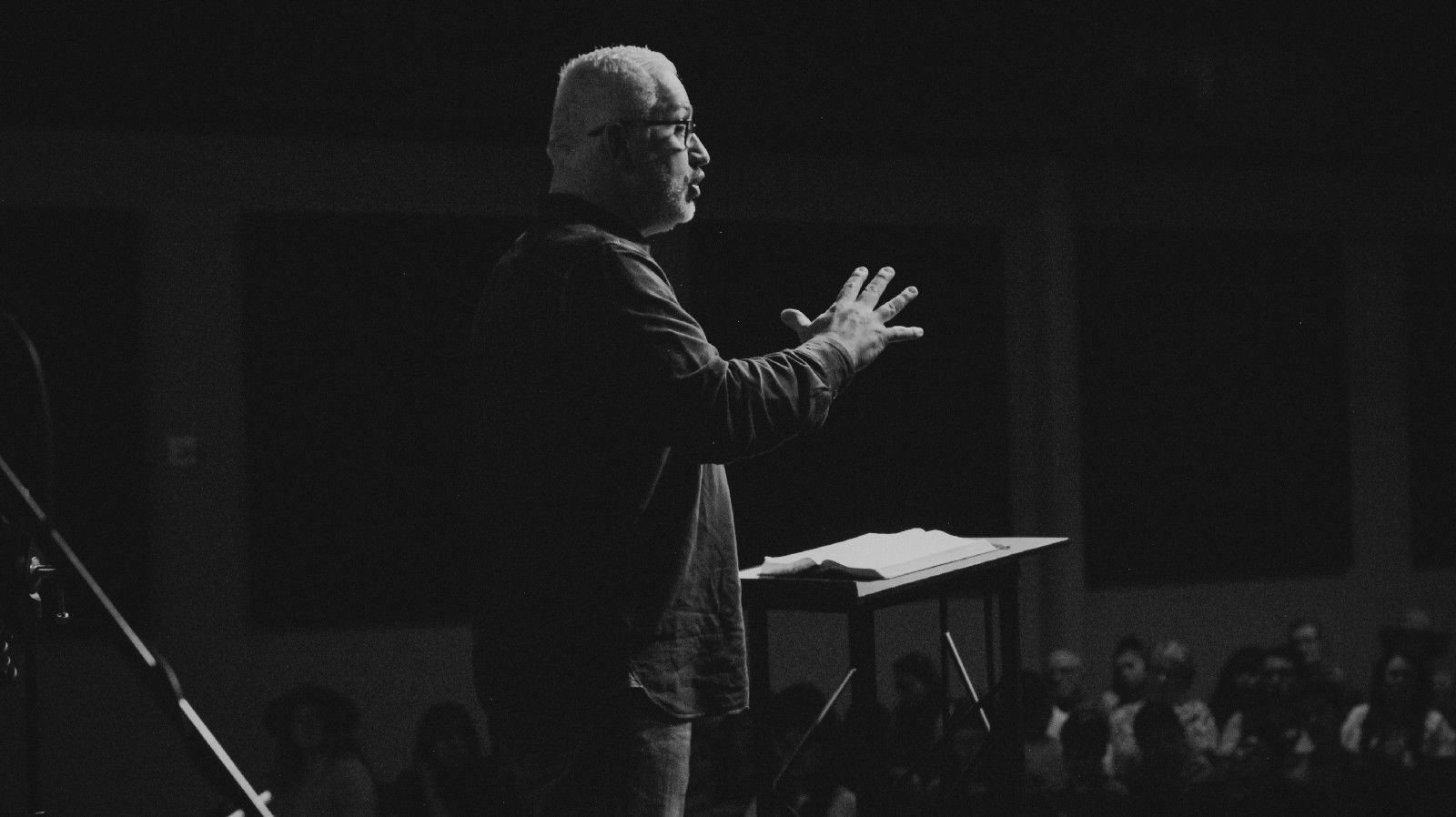Multiple kinds of MVPs exist, and each serves its own purpose.
A fake door MVP allows you to test interest with only an ad.
A smoke test MVP will provide you more information — for example, how many people who see an ad and read about the product features actually sign up.
A concierge MVP allows you to provide a service to users, collect payment and get feedback, all without building a full software solution.
There are others, many of which require you to build software.
What makes an MVP viable
I’ve written before about how an MVP is viable only when people pay you for it. I’ve also written about how expensive and risky it is to build software. To build a software MVP, you’ll need to invest a significant amount of money upfront, which isn’t always an option for everyone. It’s great if you’re good at fundraising or just lucky; you can get seed investment to build an MVP. But what if you’re bootstrapping and have to risk your own savings, or even get a loan?
Multiplying the risk of building a product by spending your savings and spiraling into debt isn’t your best option. When you don’t have funding, you can spend a bit more time going to market and creating a product that doesn’t require a lot of upfront investment: like an educational product or consulting service.
It’s not for everyone
Now, I understand that this approach may not work for everyone. It probably wouldn’t have worked for, say, Drew Houston, the founder of Dropbox, a file-sharing platform now worth over $12 billion. His approach was to create an online explainer video demonstrating how the app was going to work after it was built. And he got thousands of early adopters to subscribe for the waitlist!
But this approach works for me, so I’m sharing it with you. See, I’m a software developer from Russia turned entrepreneur turned startup founder. I still spend a lot of time in Russia. I’m introverted, and I don’t have the connections or experience to post a video somewhere or send it to my friends and get early users this way. I’m too shy to talk to people in the street. So instead, I came up with a process that’s more realistic for me — first build a community, then create an educational MVP.
What Is an Educational MVP?
An educational MVP can be a course, a book, a workshop, a webinar…anything that educates your audience about your product. It’s a great alternative for testing whether the market has the problem you’re trying to solve.
Let’s continue with the file sharing example. If I want to build an audience for the next Dropbox with encryption and blockchain (and blackjack), I’d find people who are interested in secure and decentralized file storage. Let’s say the idea is to build this type of tool for small businesses that do accounting. Then an educational product could be a short e-book on how to set up secure file storage and sharing if you’re a small business accounting firm.
Will owners of those businesses be interested in that e-book? You’ll find out. Obviously, plenty of variables will affect the success of a product, namely the quality and relevance of ads and landing pages. But for this purpose, you shouldn’t aim solely to be profitable and get decent conversion rates. That’s jumping a step. Your first goal should be to learn if people are interested in your product at all. That can absolutely make the educational product profitable, and you can use that or fundraising to fund the development of your software.
It Doesn’t Need to Be Perfect
If you’ve never written a book in your life, you won’t be able to write a perfect book (whatever that means) on the first try. But you can set a goal to write a book that will be useful.
The thing is, if your product provides value to people, it doesn’t need to be perfect. I learned this when recently, I bought a book on video production because I had to shoot and edit a video. It was the author’s first published book. I didn’t care whether he was a well-recognized author or whether his grammar was perfect. All I cared about was learning how to do color correction and set up lights correctly. I hadn’t looked him up before buying the book; I just skimmed through the pages and table of contents and knew it was worth the $15 investment.
The same thing will happen with your readers. Most readers won’t buy your product, which is OK. Those who really have a problem and are seeking a solution will, if you have a product that can help them.
And that’s enough. That’s viable. Perfectionism is the surefire path to analysis paralysis and procrastination. Allowing yourself to fail and creating a product that is “good enough” for some people is a path toward progress and improvement.
Originally published on Medium






